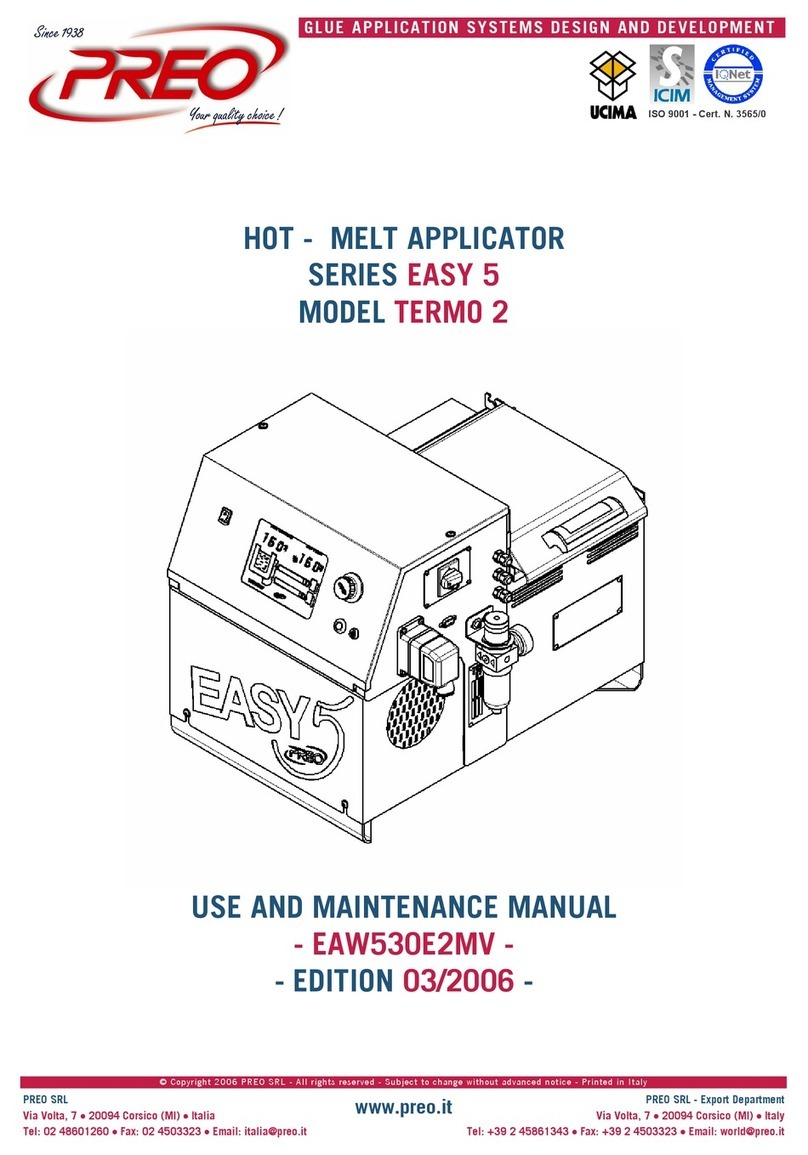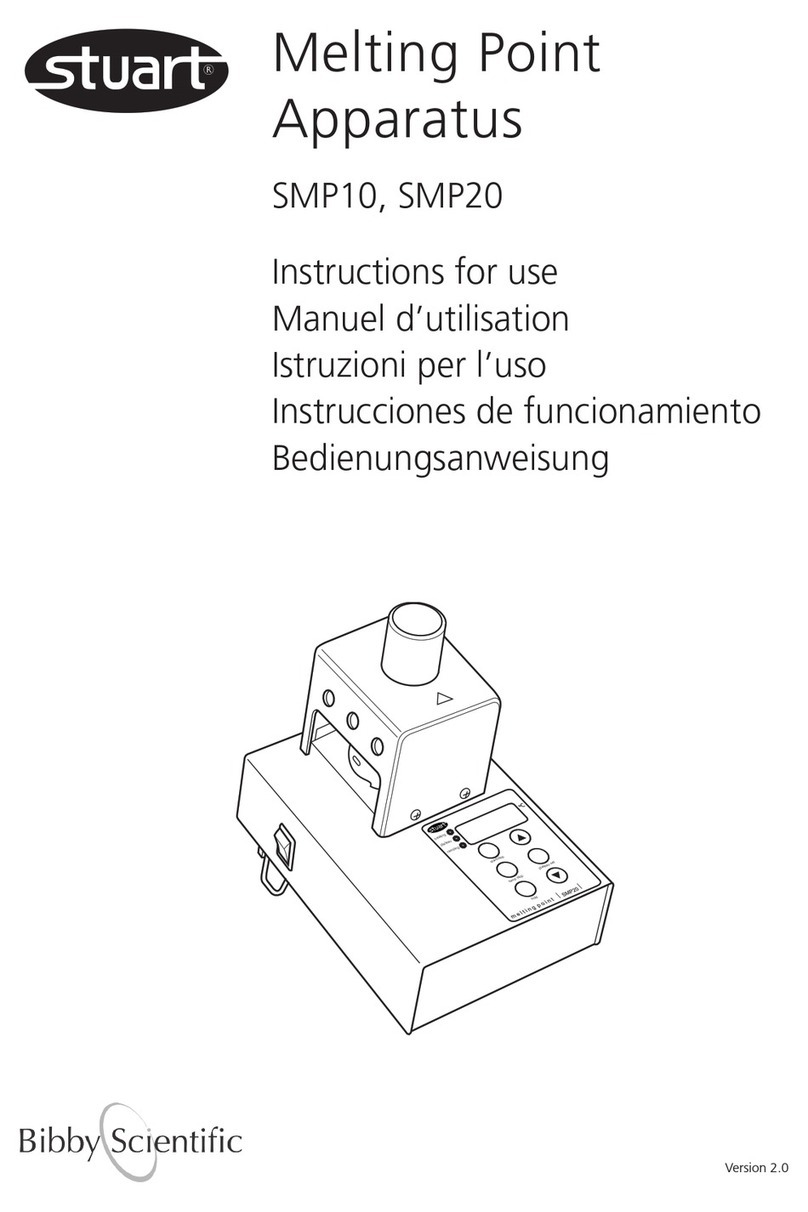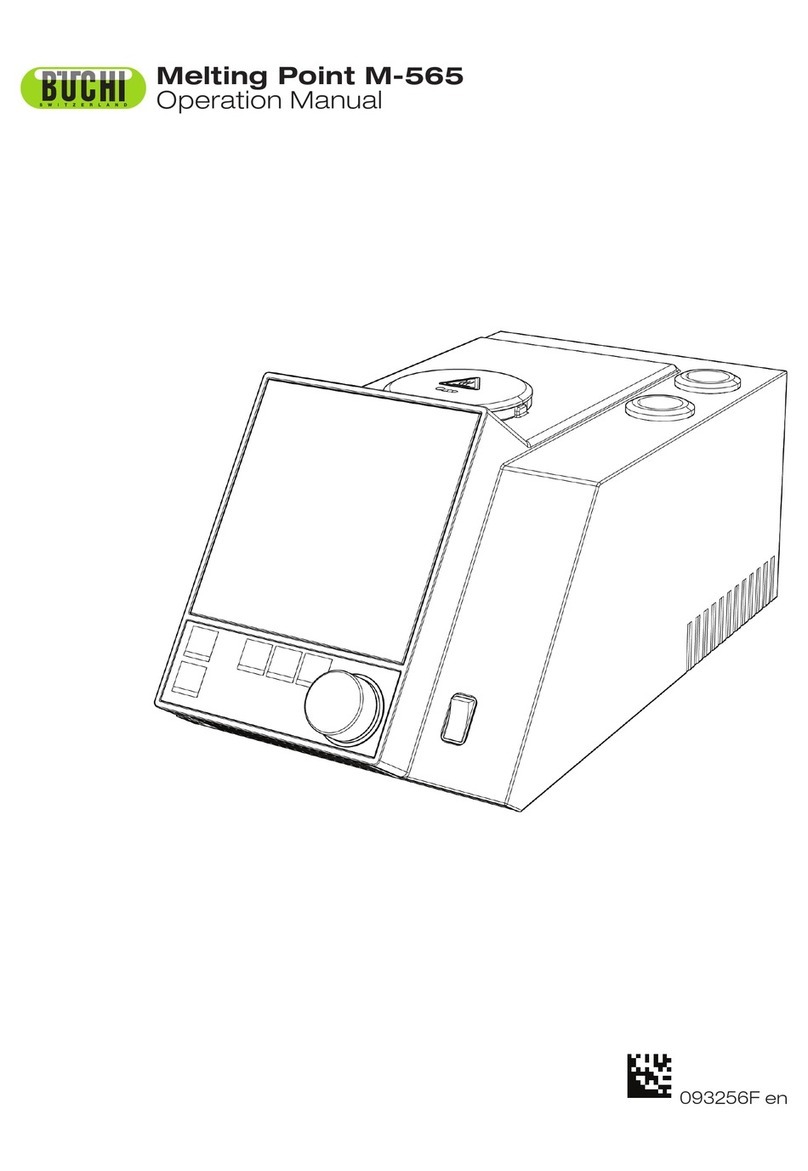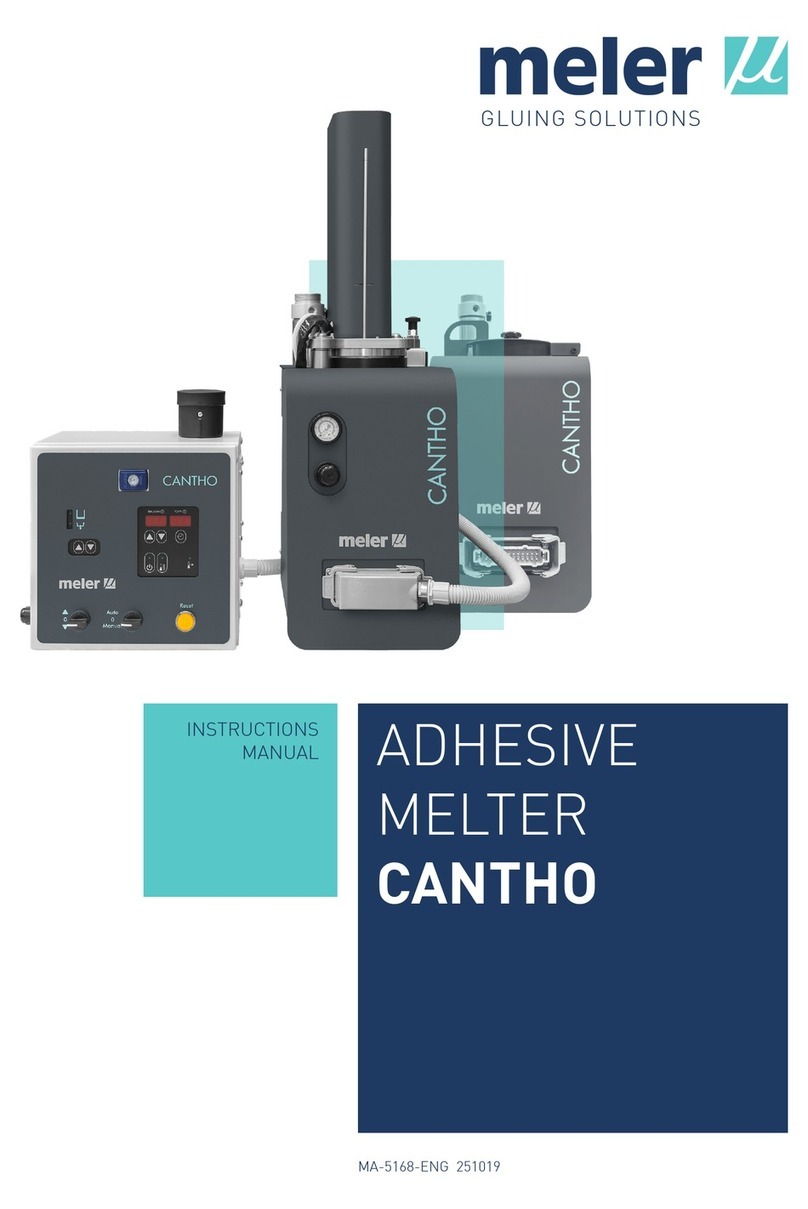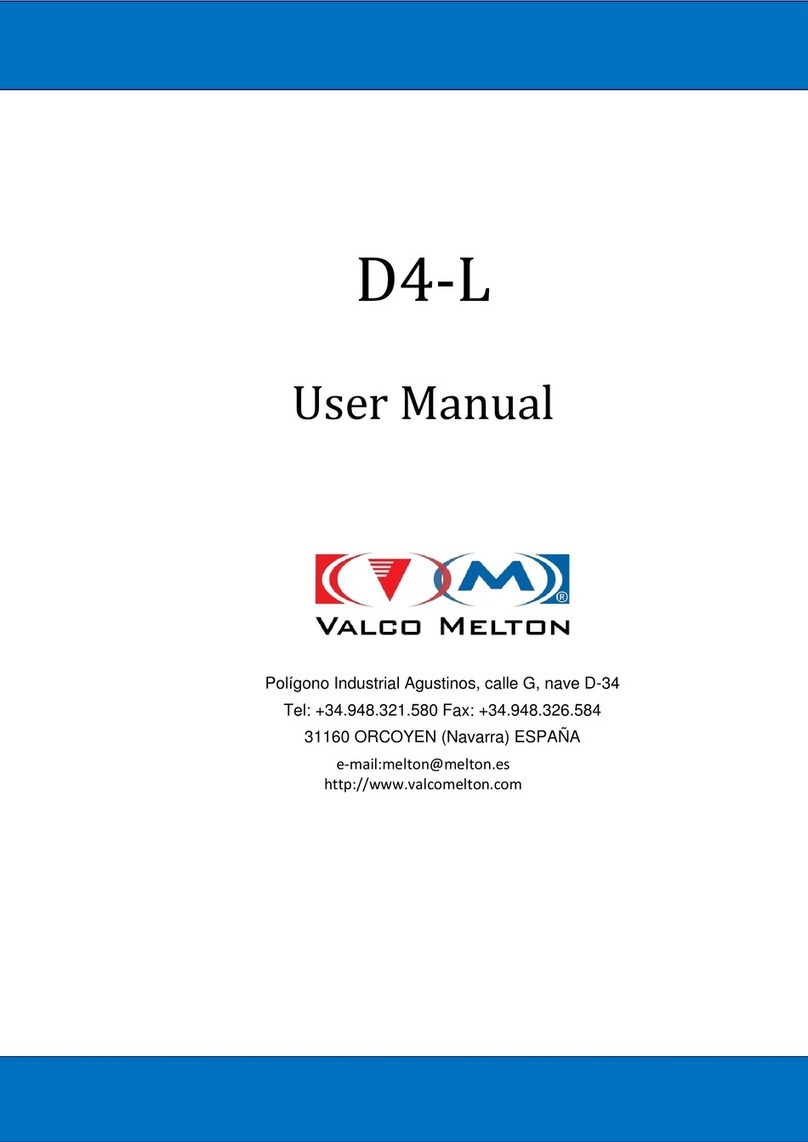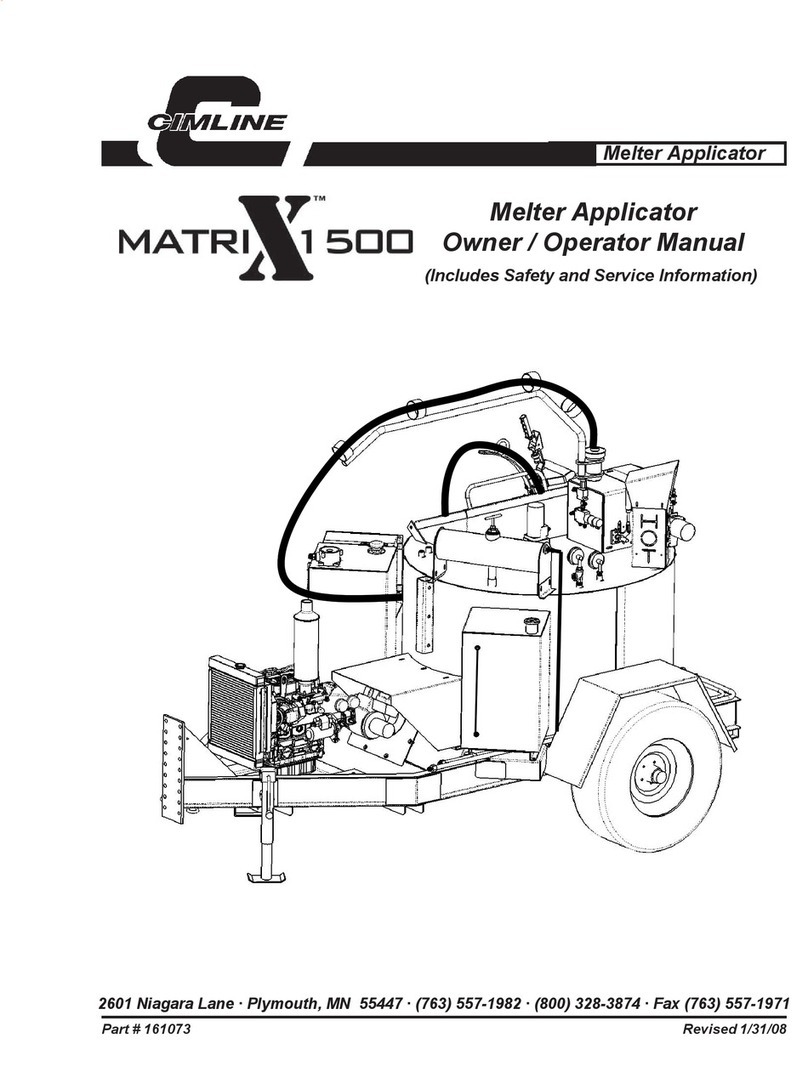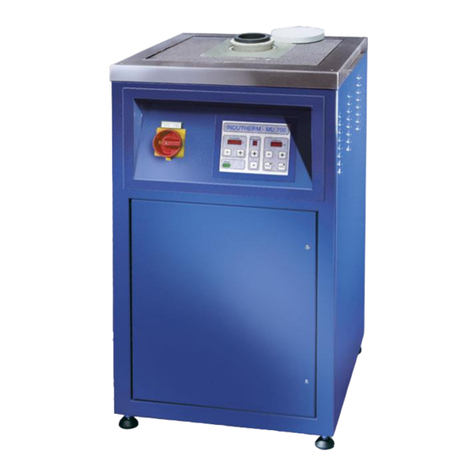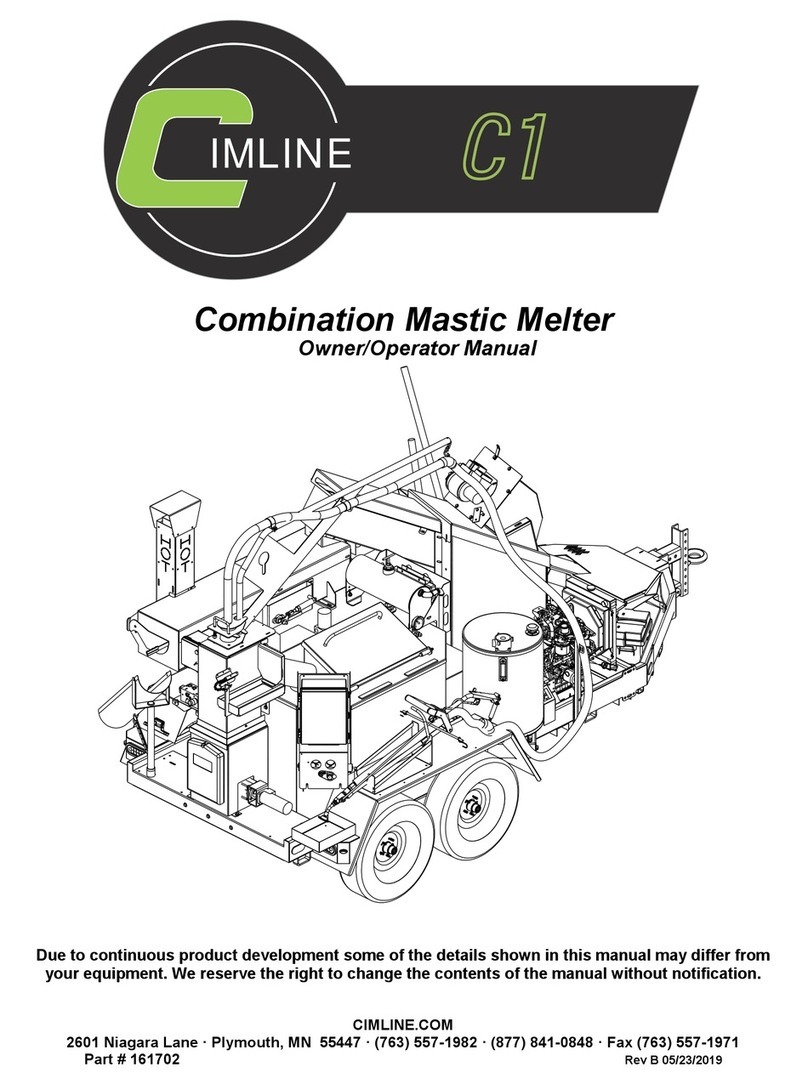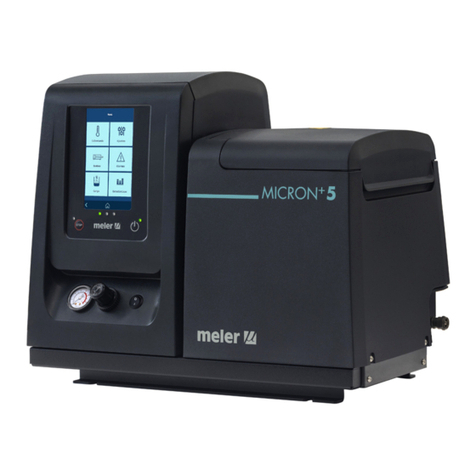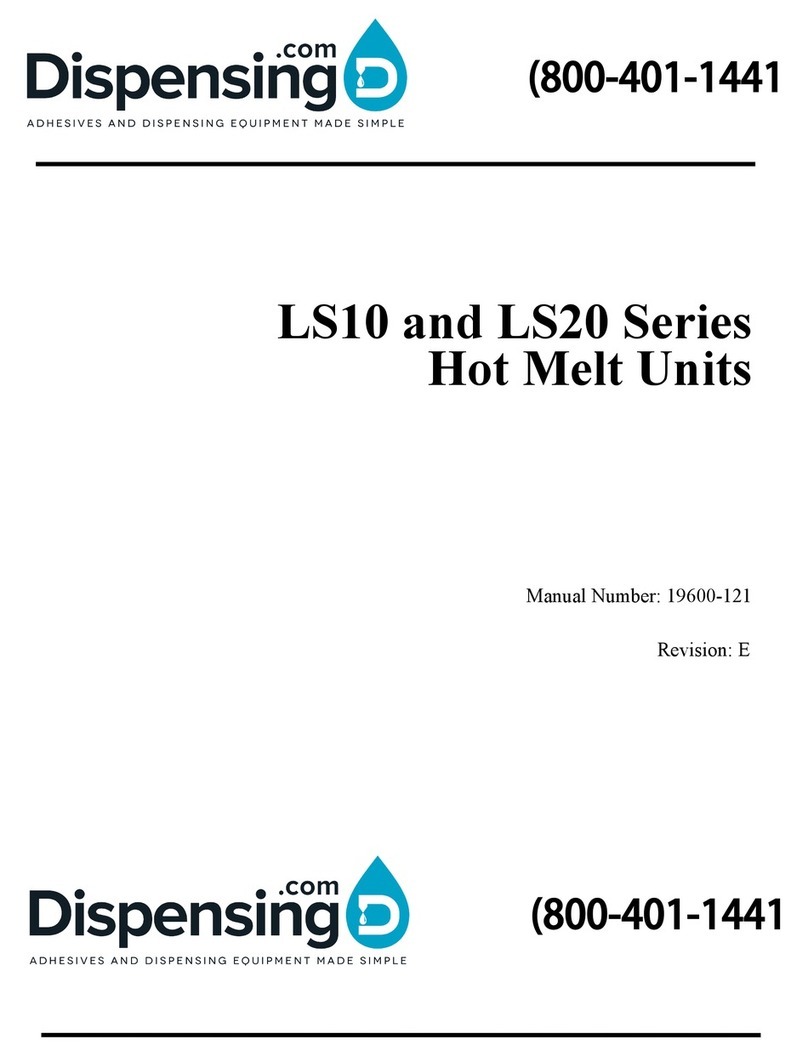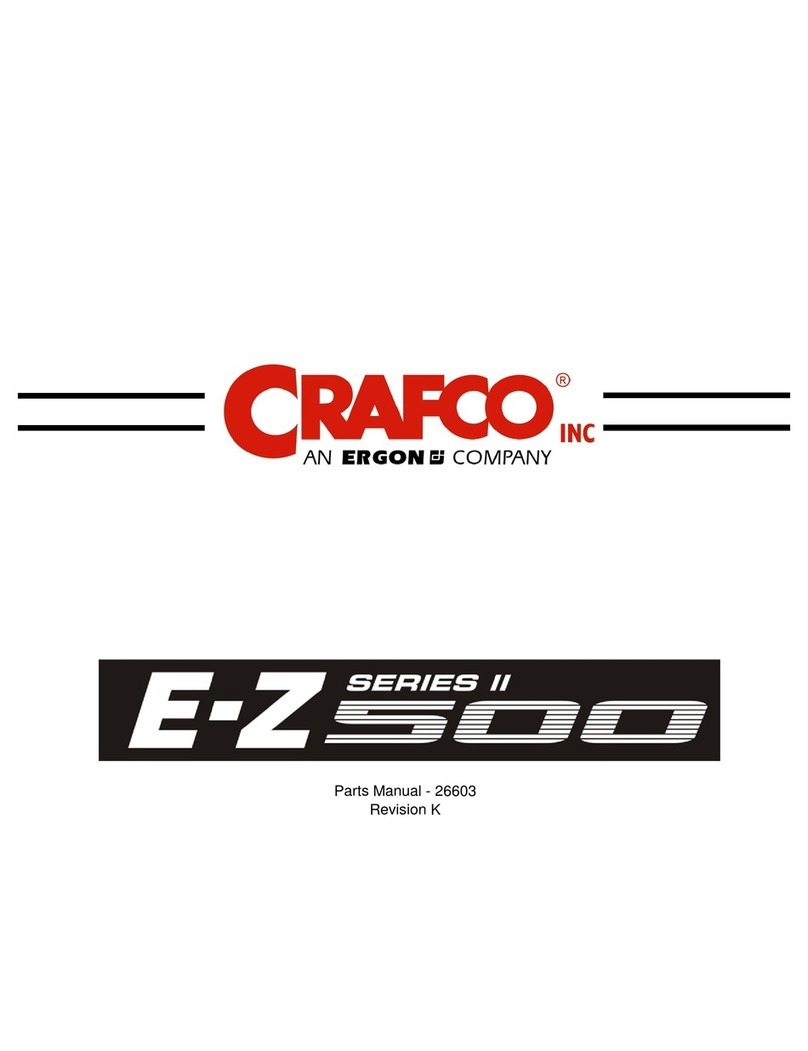Nordson 3100 User manual
Other Nordson Melting Machine manuals
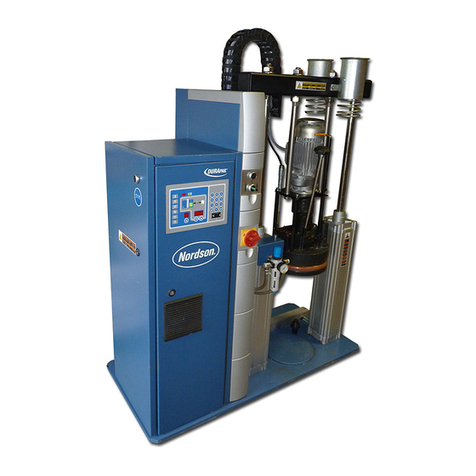
Nordson
Nordson DuraDrum User manual
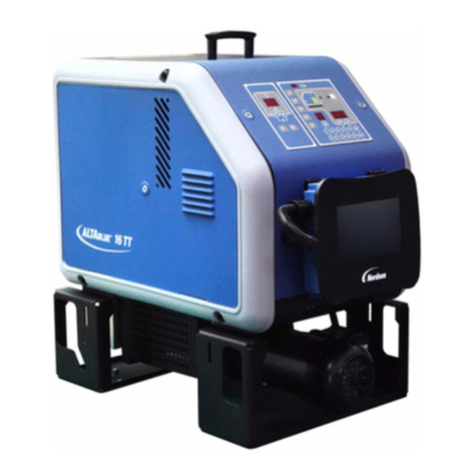
Nordson
Nordson AltaBlueA4TP Reference guide
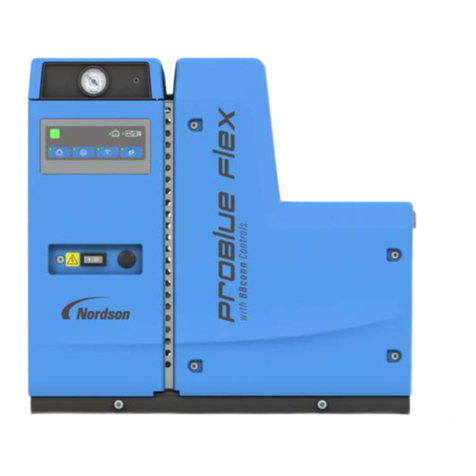
Nordson
Nordson ProBlue Flex User manual
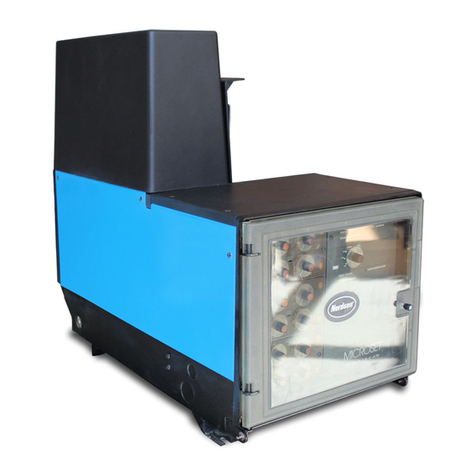
Nordson
Nordson 3400 User manual
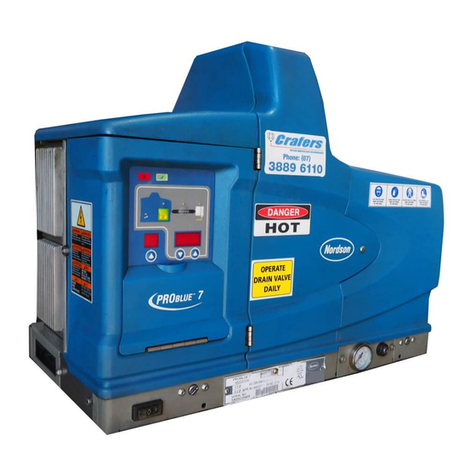
Nordson
Nordson ProBlue P4 Reference guide

Nordson
Nordson ProBlue Flex User manual
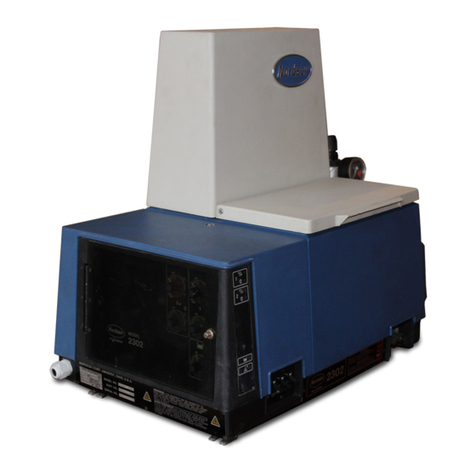
Nordson
Nordson 2302 User manual
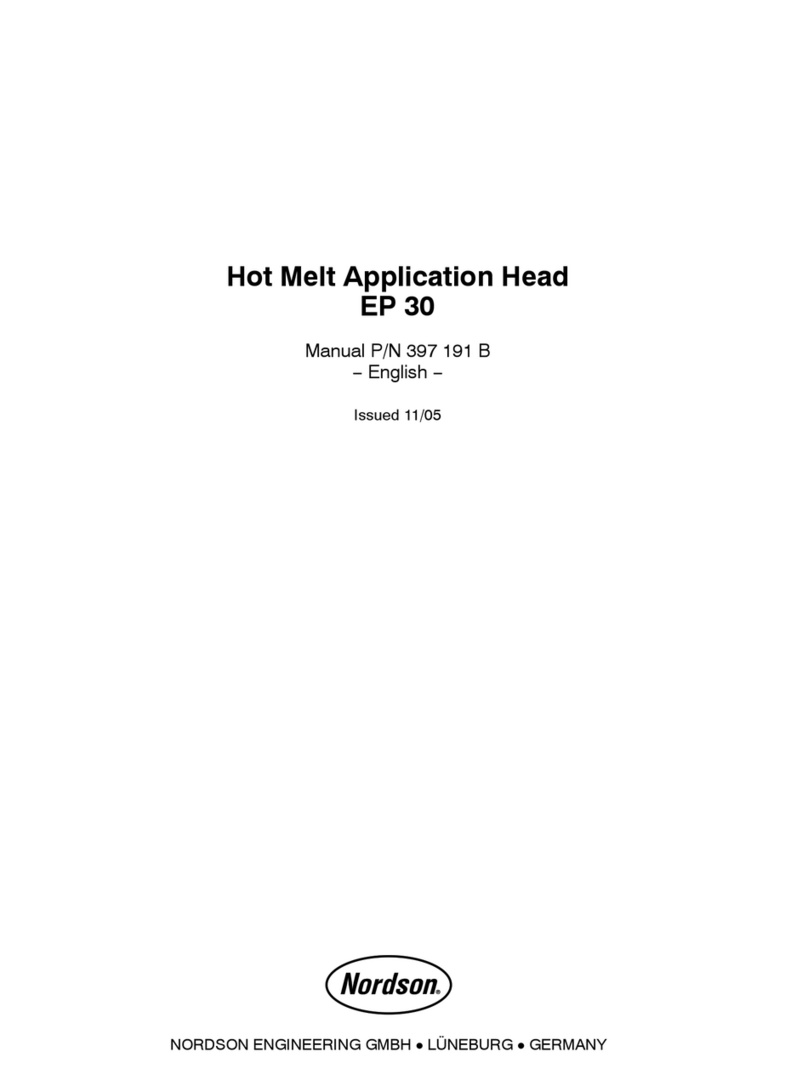
Nordson
Nordson EP 30 User manual
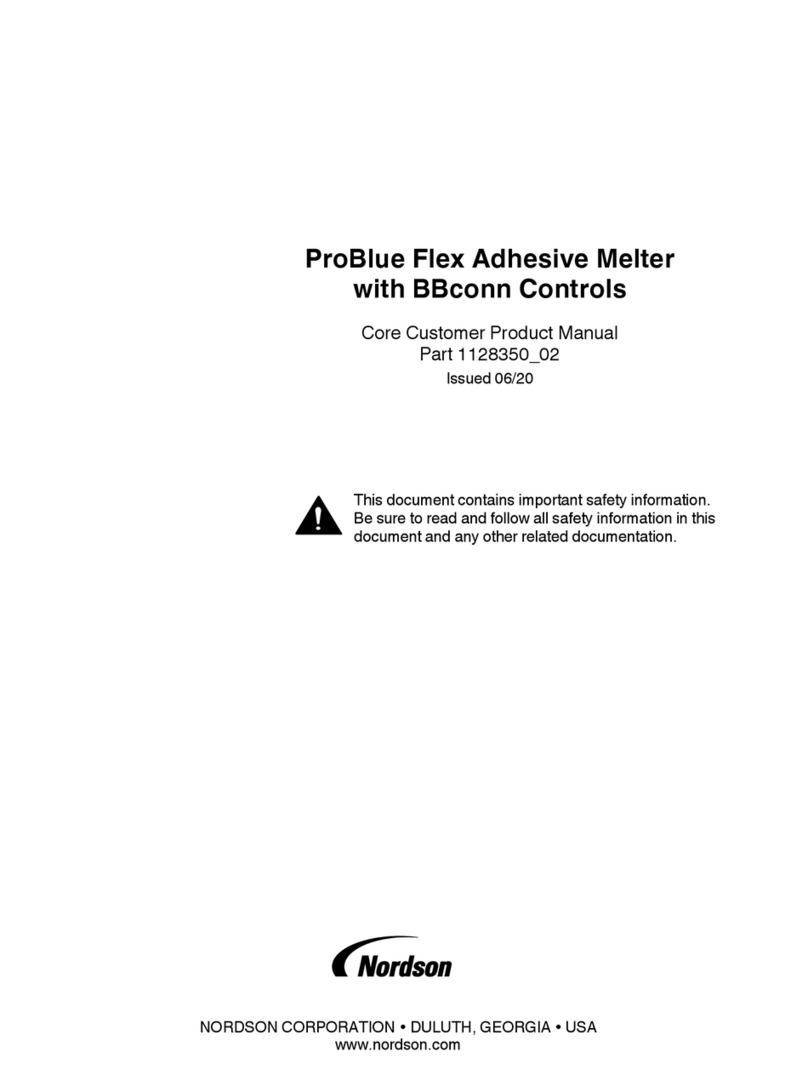
Nordson
Nordson ProBlue Flex User manual
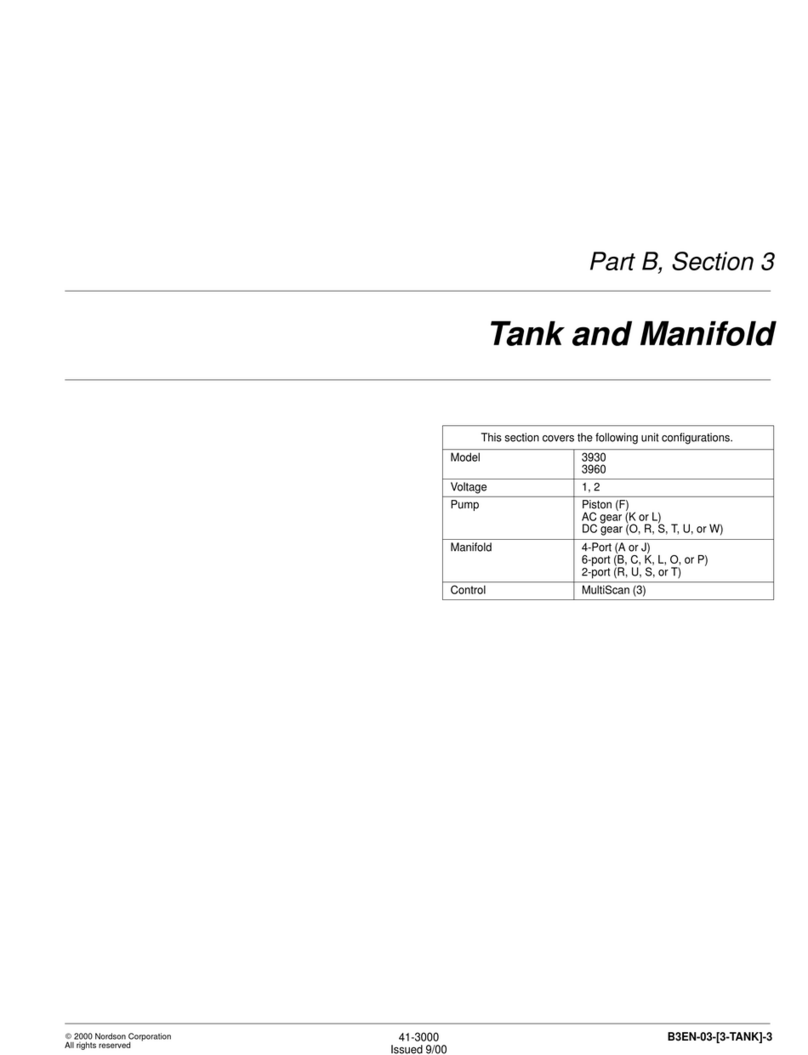
Nordson
Nordson 3930 User manual
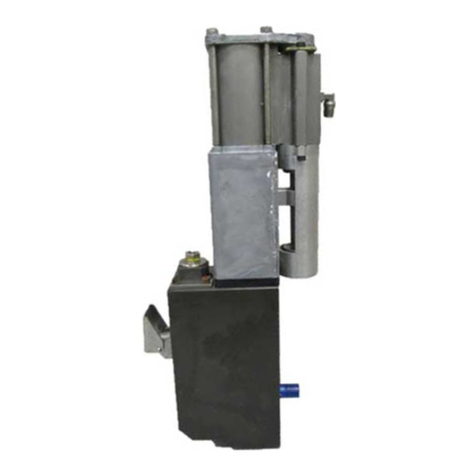
Nordson
Nordson ProBlue 1028303 User manual
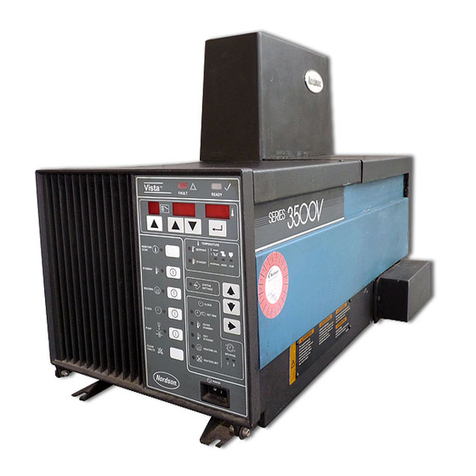
Nordson
Nordson 3500V Series Parts list manual

Nordson
Nordson 3500 Series Parts list manual
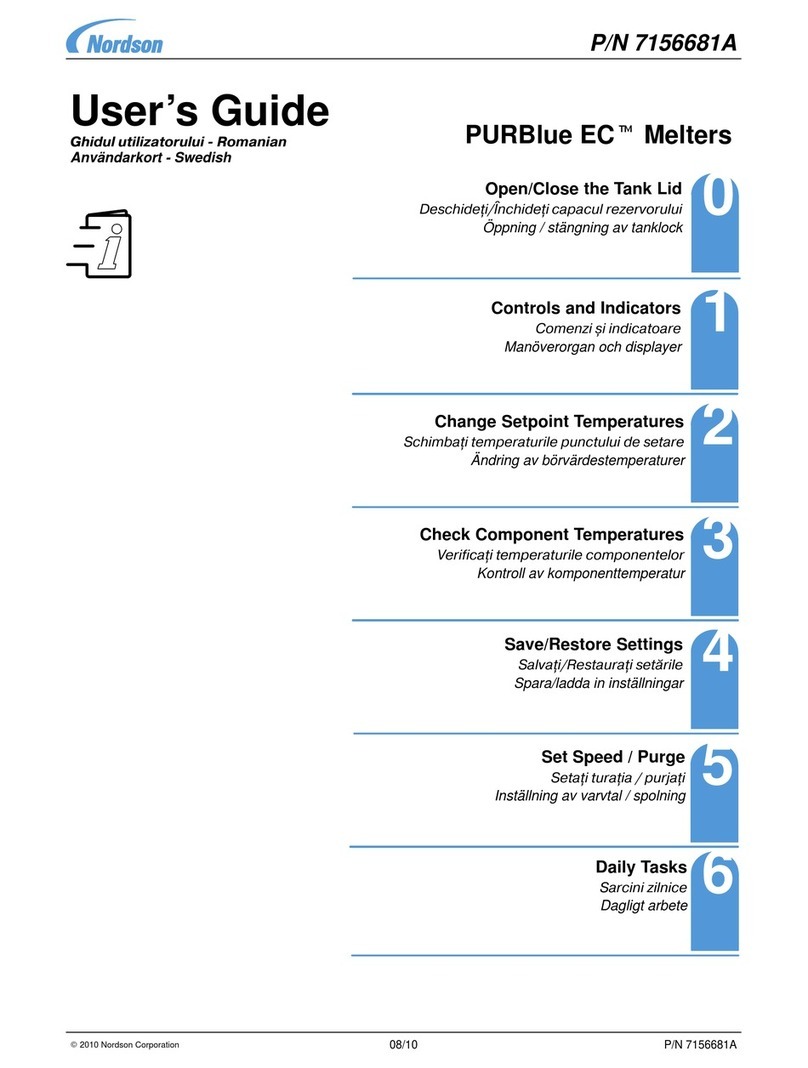
Nordson
Nordson PURBlue 7156681A User manual
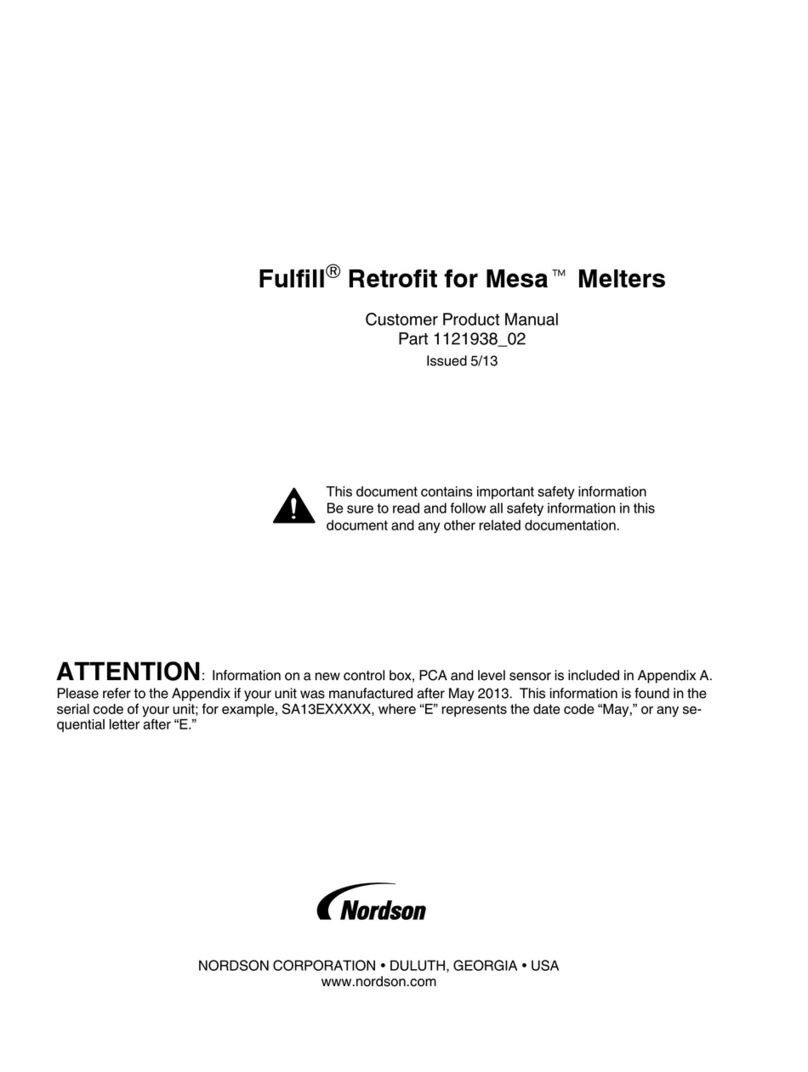
Nordson
Nordson Mesa Fulfill Reference guide
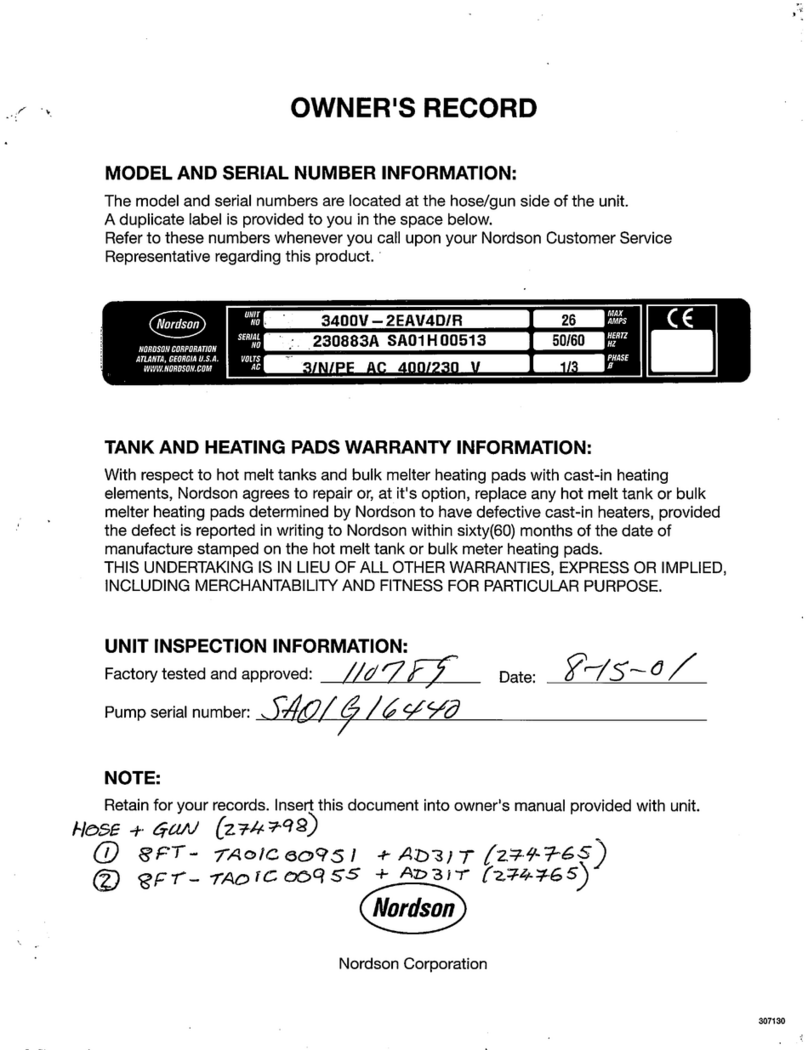
Nordson
Nordson 3100V Series Reference guide
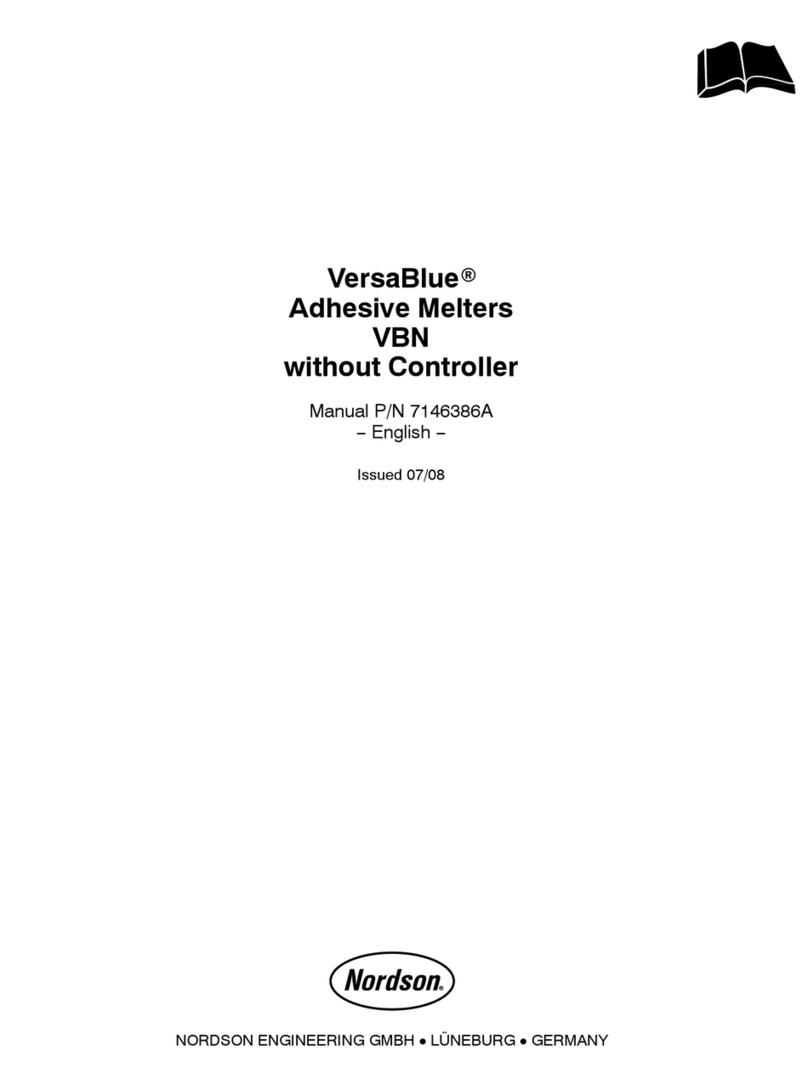
Nordson
Nordson VersaBlue VBN 50 User manual
Popular Melting Machine manuals by other brands
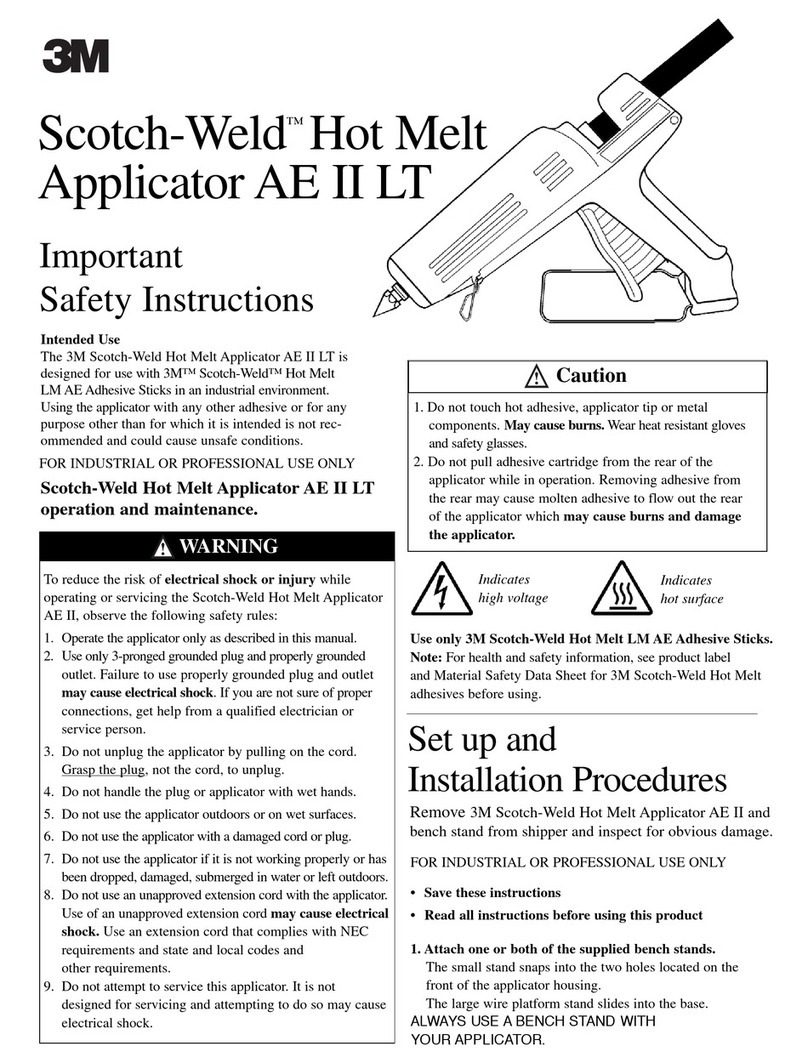
3M
3M Scotch-Weld AE II LT quick start guide
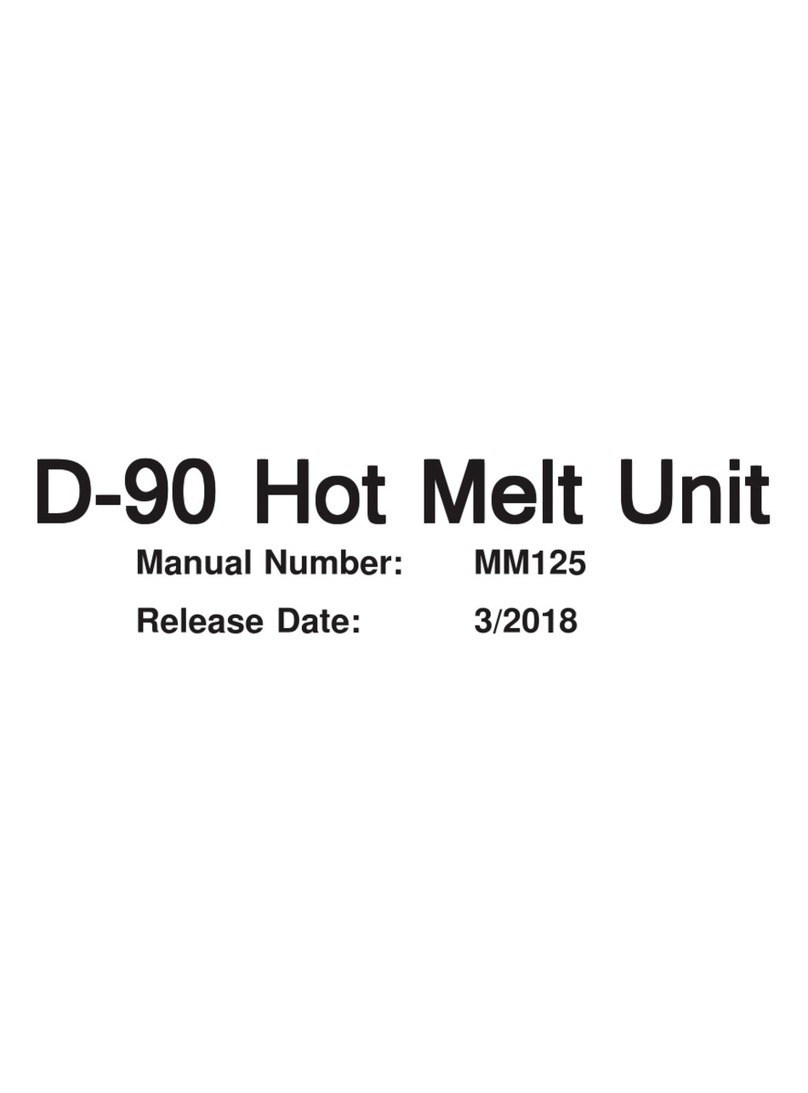
VALCO MELTON
VALCO MELTON D-90 manual
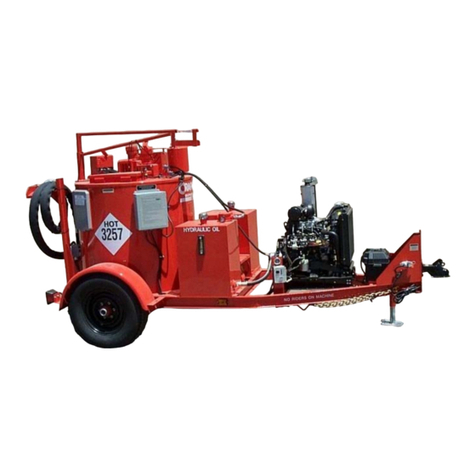
Crafco
Crafco SUPER SHOT 125 user manual
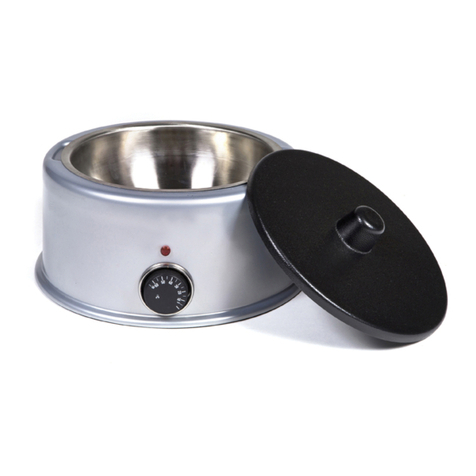
Chocolate World
Chocolate World M1006 Use and maintenance manual

CIMLINE
CIMLINE MAGMA 110 Owner's/operator's manual

Tekmar
Tekmar Snow Melting Control 680 Installation & operation manual
